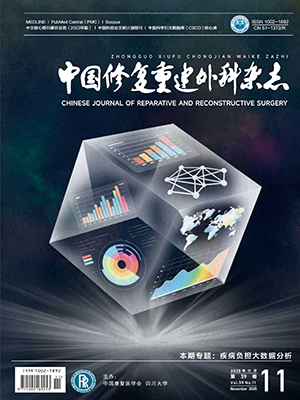Objective To review new progress of related research of peri pheral nerve defect treatment with tissue engineering in recent years. Methods Domestic and internationl l iterature concerning peri pheral nerve defect treatment with tissue engineering was reviewed and analyzed. Results Releasing neurotrophic factors with sustained release technology included molecular biology techniques, poly (lactic-co-glycol ic acid) microspheres, and polyphosphate microspheres. The mixture of neurotrophic factors and ductus was implanted to the neural tube wall which could be degraded then releasing factors slowly. Seed cells which were the major source of active ingredients played an important role in the repair and reconstruction of tissue engineering products. The neural tube of Schwann cells made long nerve repair and the quality of nerve regeneration was improved. Nerve scaffold materials included natural and synthetic biodegradable materials. Tube structure usually was adopted for nerve scaffold, which performance would affect the nerve repair effects directly. Conclusion With the further research of tissue engineering, the treatment of peripheral nerve defects with tissue engineering has made significant progress.
Citation: YANG Yadong,BO Zhandong.. PROGRESS OF PERIPHERAL NERVE DEFECT TREATMENT WITH TISSUE ENGINEERING. Chinese Journal of Reparative and Reconstructive Surgery, 2010, 24(11): 1310-1314. doi: Copy
Copyright © the editorial department of Chinese Journal of Reparative and Reconstructive Surgery of West China Medical Publisher. All rights reserved




